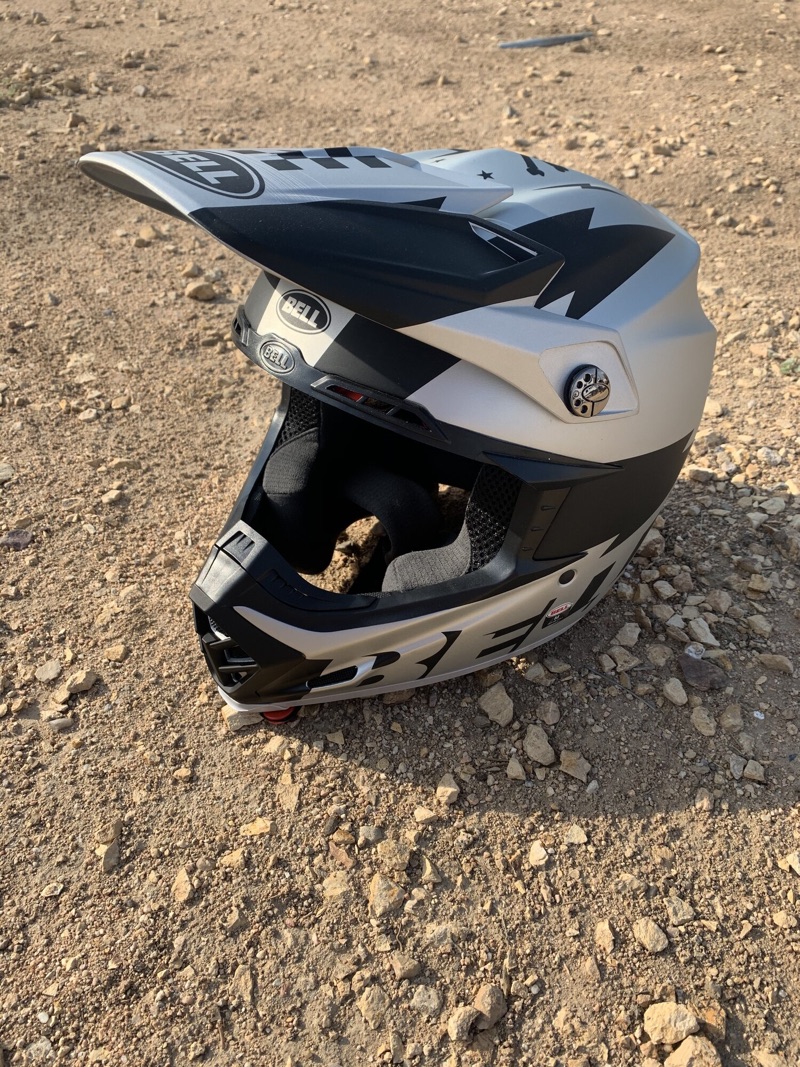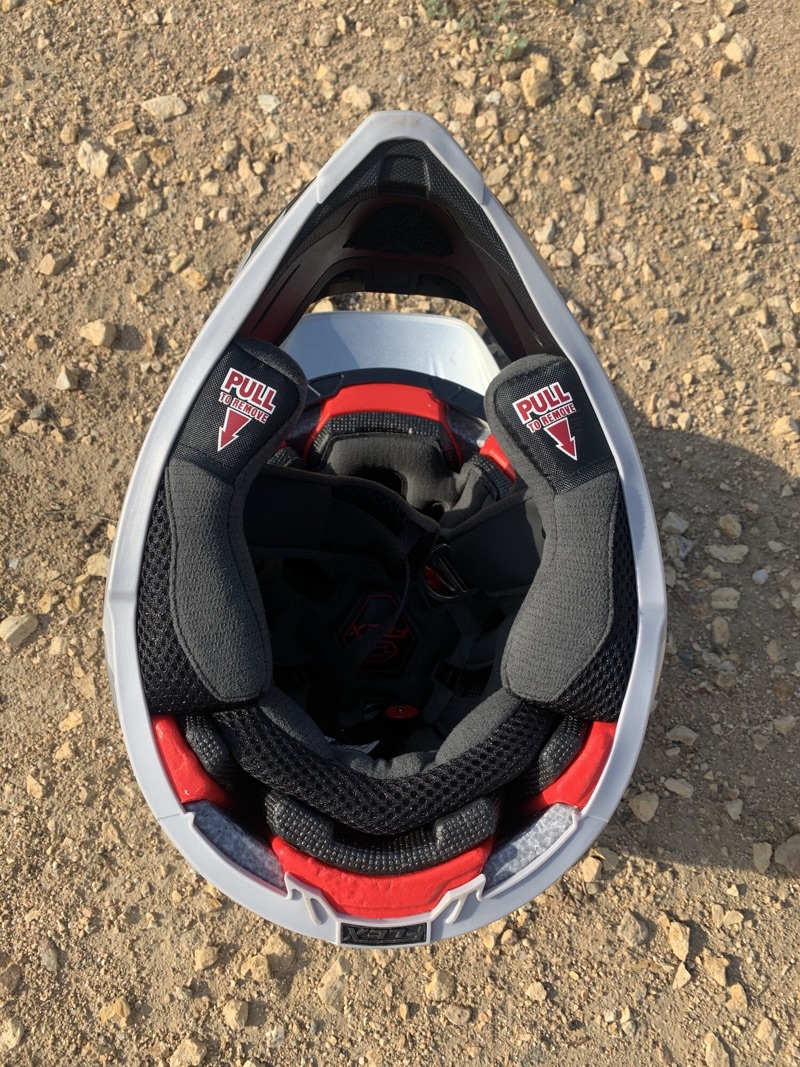Share This Article
The Bell Moto 9 Flex has been around for several years and from what we hear there will be a Moto 10 on the horizon soon, but in the meantime the Moto 9 Flex is Bell’s current top tier off-road helmet offering. Bell uses an inner impact absorption system that is said to have better low, medium, and high speed energy management. Also, this three-layered-foam design creates a unique fit and ventilation system. The Moto 9 Flex helmet comes in several colorways, but most recently Bell has introduced some of their new 2021 colorways like the one shown here.

Most helmets have a one layer of EPS foam that is designed to absorb the energy from a crash at any speed. Yet helmets are tested to withstand very high-speed impacts and to pass such tests, some helmets have to sacrifice at least some of its ability to absorb low and medium speed impacts. The Moto-9 Flex has three layers of different density foams that address all impact energy levels. There is a standard EPS layer for high speed, then there are two different layers of polymer materials that are designed to absorb low and medium impact energy levels. Both of these inner foams bounce back rather than crush, and stay crushed like EPS (similar to helmets designed for multiple hits such as football helmets).
Also, the middle layer of foam can rotate within the outer foam layer to absorb some of the rotational forces in a crash. Additionally, the two inner liners of foam are segmented to, according to Bell, create a much more personalized fit for each individual rider. Each of the liner segments can move minutely to better accommodate different head shapes, a technology that Bell has already been using in its bicycle helmets. Lastly, the segmentation of the Moto-9 Flex creates many channels in the foam liners that should allow a ton of ventilation.
There are many different types of helmet technology for the consumer to choose from these days and that is a good thing. I can’t say that I have had huge crashes with the Bell Moto 9 Flex, but I have taken a few crashes with no effects of a head injury. This DOES NOT mean that Bell’s helmet technology prevents concussions/head injuries, but I do know it is good in low speed crashes. I have a round shaped head and the Bell fits my noggin comfortably.

Below are a few key bullet points of what I thought of the Bell Moto 9 Flex.
Positives:
• Quality – You’d expect an excellent quality of finish on a $700 helmet, and this thing delivers. With a carbon compose shell, it’s both lightweight (1300g) and strong. As an added nice touch, it comes in a cool padded carry bag.
• Style – Aside from the cool carbon finish, it’s a good-looking lid with a contoured shell shape.
• Comfort/Fit – The sophisticated three-layer impact liner and soft padding produces an exceptionally good fit. In fact, you can feel the ‘Flex’ liner actually mould to your head shape once you put it on and this allows you to opt for a firmer-fitting sizing (rider who’ve always worn a Large in other helmet brands may well be better off with a Medium-sized Moto-9 Flex). In other words, it gives you a more personalized, adaptive fit.
• The Padded Liner – With its uncomplicated design (no tabs, just four plastic clip-studs), the liner is simple and easy to remove/replace. And in addition to being convenient, the magnetic cheek pads are a real advantage in the case of an emergency.
• Ventilation – The fact the three impact liners are segmented allows much better airflow and ventilation than helmets which the conventional single EPS impact liner. I wouldn’t say it ventilates better than a Fly Formula helmet but it’s in the top three of ventilated protective lids.
• Attention to Detail – The stainless steel mesh that’s used in the chin-piece and ventilation exhaust ports is stylish. I absolutely love the magnetic tip in the fastening strap. This makes it extremely easy to secure with gloves on. The built-in Eject Helmet Removal System cavity in the liner means there’s no need for any modifications to fit this system (which is now mandatory for racing in many countries).
Negatives:
• Visor Screws – They have an inventive design (they’re recessed, designed with breakaway tabs, flick out to use and then back to flush), but with only two lateral screws, you have to run them super-tight to keep the visor fixed in place. Even when you do run the tabs tight, the visor still can move.
• The Chin-piece – The shell’s compact design puts the chin-piece close to your mouth, this can accelerate goggle fogging in wet/cold conditions if you start to breathe heavily. Removing the chin-piece’s generous foam insert in wet conditions helps with some of this issue. I also have a big nose so if feels like the chin piece is right in my face. I would prefer a slightly longer chin bar area.
• The Eyeport – It’s a little smaller (top-to-bottom) than average, so you may need to dump the helmet’s removable nose guard if your goggles are too tight a fit.

